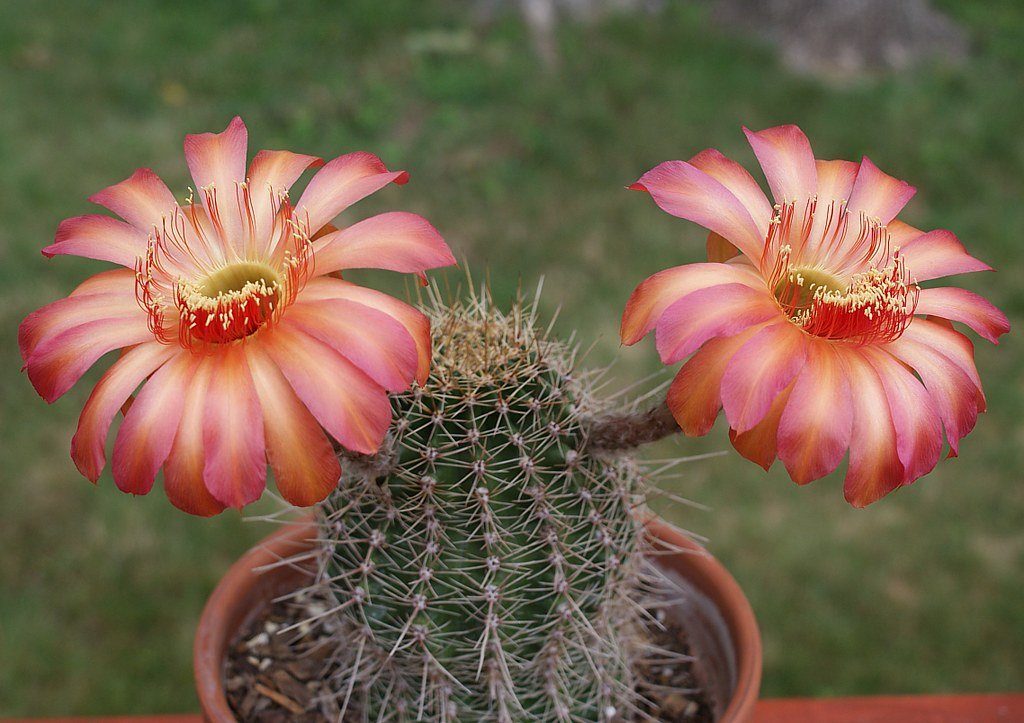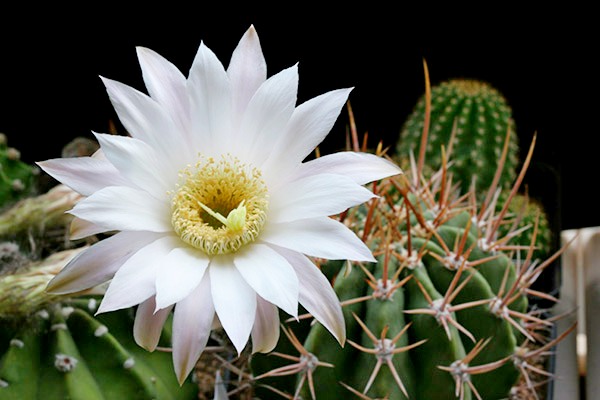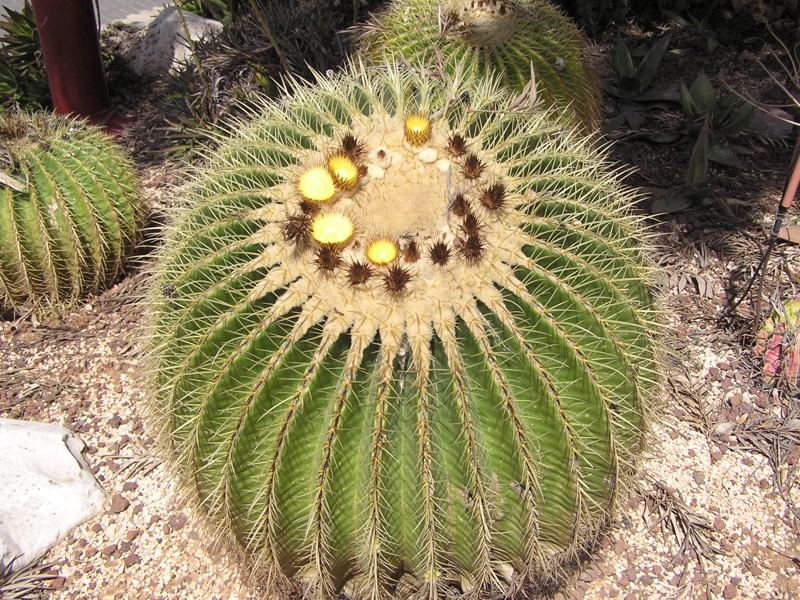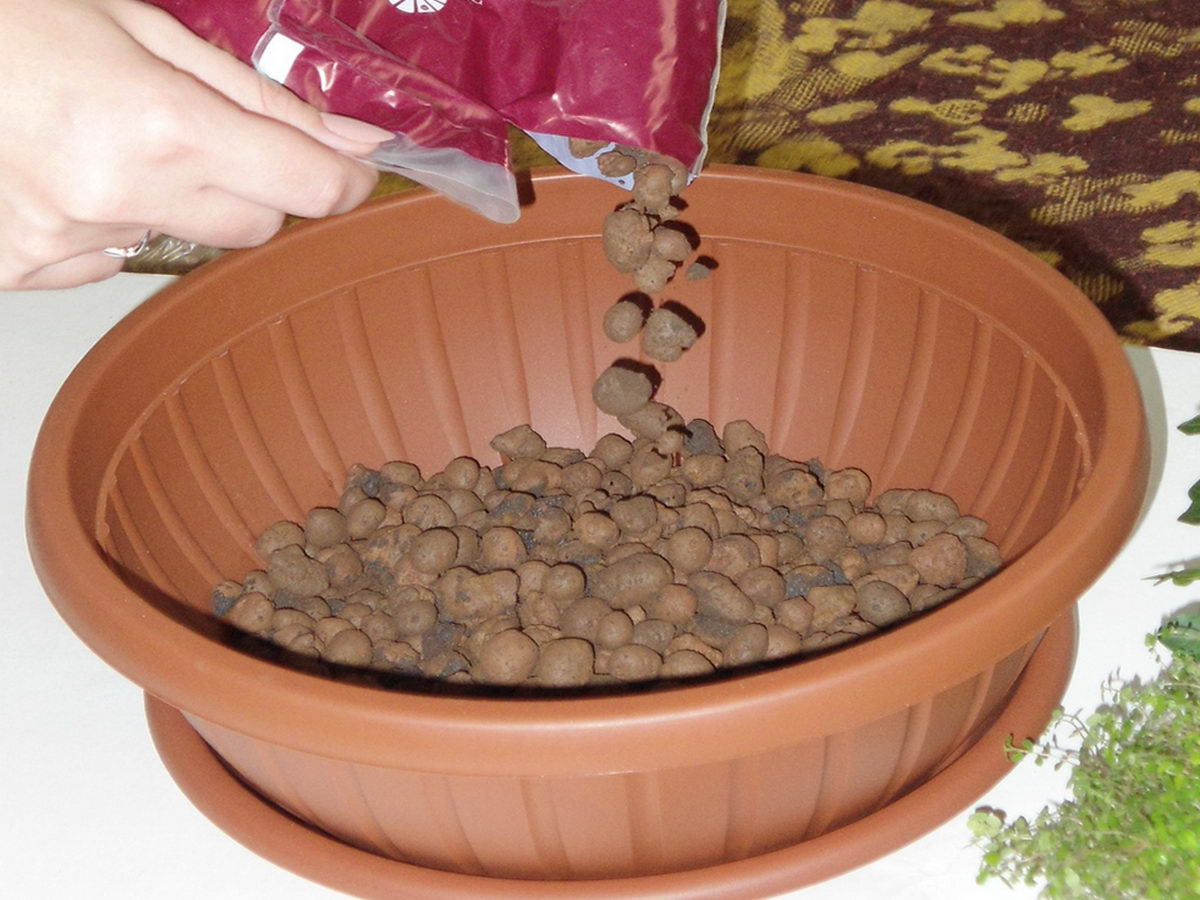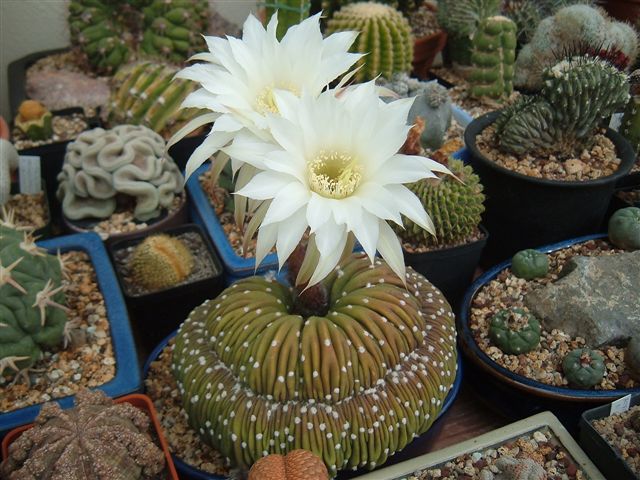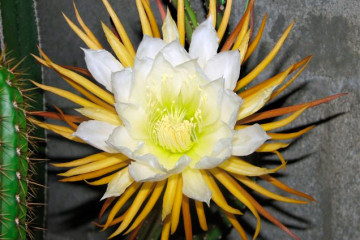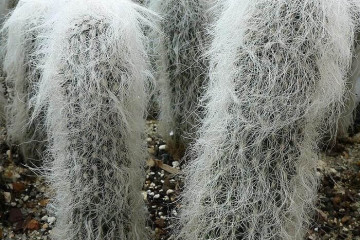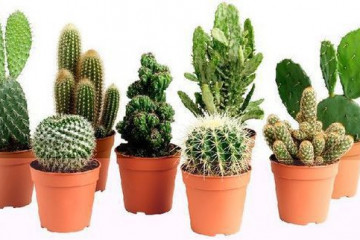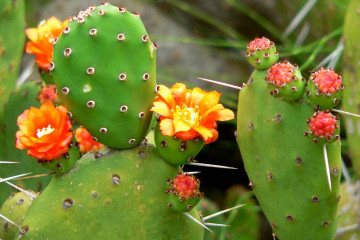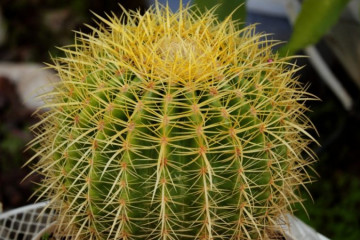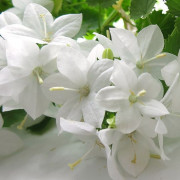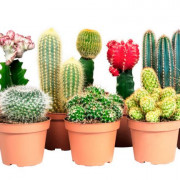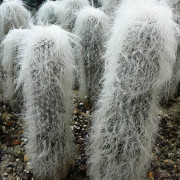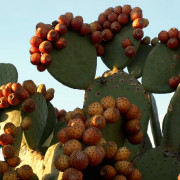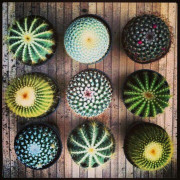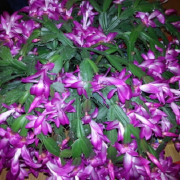Echinopsis cactus: examples of plant care and its varieties
Cacti are a separate type of indoor plants that are popular among extraordinary personalities. A typical representative of the Cactus family - the genus Echinopsis, belongs to flowering plants. Despite the fact that caring for the Echinopsis cactus at home does not include any difficulties, not all growers saw it blooming.
Types of echinopsis
The thorny plant is native to the southern coast of North America and all of South America. From there, the flower spread to the windowsills of almost the whole world. Breeders, interested in the beautiful flowering of the cactus, bred various types of echinopsis.
The young plant is a ball with several sharp edges. As it grows, the spherical stem stretches out, acquiring the shape of an inverted pear, or even looks like a pillar. Each rib contains several areoles, from which spines of different lengths grow, depending on the species. Flowers also appear from the areoles located in the middle of the stem.
Echinopsis Subdenudata
The second name of this species is semi-nude echinopsis. Its name suggests that the plant is not dressed in its typical prickly attire. From the white areoles on the edges of the plant, one barely noticeable thorn most often grows. The stem itself is not large; it is considered large and adult when it reaches 10 cm in height. Since the diameter of Echinopsis Subdenudat is 12 cm, it is more like a ball or a coiled hedgehog than others, fully corresponding to the translation from the Greek word "echinopsis" - "like a hedgehog."
Echinopsis Oksigona
Outwardly, Echinopsis Oksigona differ from their congeners in the shape of the stem. The ribs bordering it have wide bases and are sharpened closer to the apex. This feature gives it a cone-like shape. It was for this that he got his name "Oksigona", which in translation from Latin means "sharp-edged".
Areoles on the ribs give a lot of spiny hairs, rather long, needle-shaped. It blooms with lavender or reddish flowers on a long peduncle - up to 20 cm.
Echinopsis Erie
Echinopsis Eyriesii (echinopsis eyriesii) got its name in honor of the French who brought him to his country. A distinctive feature of this species is a branching stem. The young plant is a spherical cactus, the stem of which stretches over time, and new spherical shoots extend from it.
Areoles contain many short, gray-brown spines. Their length does not exceed 0.5 cm. Echinopsis Eirieza blooms with white large flowers, towering above the stem on a long pedicel, densely covered with dark hairs. Flowering begins at night and lasts up to two days.
Echinopsis Ancistrophora
Echinopsis Ancistrophora got its name from the shape of the thorns, "ancistrophora" from Greek means "to carry hooks."They are its distinctive feature - rather long, up to 1 cm, densely growing from areoles, having the shape of a hook.
Flowering in comparison with the size of the stem is large - up to 10 cm in diameter, on a long peduncle.
Echinopsis white-flowered
The white-flowered species (echinopsis leucantha) is one of the most thorny cacti. Its numerous needles are strong enough and can reach 10 cm. The stem is longer than that of other members of this genus, and can stretch up to 35 cm in height.
As its name says, the echinopsis flower is painted in a snow-white tone. It rises, like most other relatives, up to 20 cm in height on a long, fleecy pedicel.
Echinopsis golden (aurea)
The stem of this species is dark green, covered with a waxy coating. The height of the plant, like that of echinopsis subdenudata, does not exceed 10 cm. The stem is single, does not branch. The cactus got its name for the yellow color of its thorns, as well as for the sunny shade of the petals during flowering.
Echinopsis mamillosa
Echinopsis Mamylose cactus has pronounced ribs, expressively separated by deep grooves among themselves. In height, it can reach 30 cm.The spines growing from the areoles, on average, reach 1 cm.
Echinopsis bloom attracts with its rich pink color, sometimes with a white shade of petals. The pedicel, although it grows up to 20 cm, like in Echinopsis acutely edged, often has a curved appearance, which is why the inflorescence does not move away from the stem.
Hybrid varieties
Breeders, observing the growth and flowering of cacti of different species, sought to breed a species that combines the features of some varieties at the same time. This is how hybrid varieties turned out. They have several features:
- reproduce by seeds, since there are no side shoots-children;
- their growth is much slower than that of other cacti;
- they bloom a lot and often with double and bright flowers of a wide variety of shades.
Gruzoni
This type of plant is striking in its scale, as if the usual echinopsis was increased tenfold. The spherical stem easily grows up to a meter in diameter. This giant needs a shallow, but wide, bowl-like pot in which he will feel comfortable. If the size of the house allows, you definitely need to get such a handsome man.
Additional Information. The solution to any growing difficulties and care successes can be found on the popular site of cactus and succulent lovers - cactuslav.ru. This is a resource filled with discussions on how to grow a wide variety of species, how to make Echinopsis bloom, what to consider when breeding, and what mistakes beginners make.
Echinopsis care at home
Having spread from the shores of South America, echinopsis requires the creation of a microclimate in a room close to natural and familiar.
Lighting
This plant loves bright light and is not at all afraid of direct sunlight. Therefore, placing it on the windowsills from the sunny side is not dangerous for the health of the cactus. It is not even necessary to create partial shade on a hot afternoon - it can easily withstand large doses of ultraviolet radiation.
Top dressing
It is necessary to apply fertilizers to the soil for a cactus during the period of awakening, growth and flowering, that is, in the spring and summer months. Supplements that are suitable for the composition are sold in flower shops, especially for cacti or succulents.
The soil
The soil in which the cactus grows should be loose with a neutral acidity level.This is a prerequisite for both natural varieties and cultivars. At the bottom of a flat but wide pot, be sure to lay drainage, which will help remove excess moisture from the roots.
Temperature and humidity
The required air temperature during the flowering period and in summer can be quite high, which will provide the comfort that Echinopsis requires - home care is largely based on the temperature regime.
During the cold winter months, he should be provided with cool air by placing it on a glazed loggia or veranda, where the air temperature will not be higher than + 8-10˚C.
Watering
The plant loves moisture. Do not think that these cacti are used to deserts and droughts and do not need to be watered regularly. Like most plants, they love moist soil. However, waterlogging of the soil is dangerous for the roots - infection with root rot can begin.
Echinopsis bloom
Echinopsis - although a blooming cactus, but not everyone who at least once dared to have this "prickly hedgehog" on his windowsill, was honored to contemplate, albeit a short, but very spectacular flowering.
How to make a cactus bloom
Compliance with the described norms is guaranteed to help you see the rare flowering of any kind of Echinopsis. The plant blooms in its natural environment in spring, almost immediately after waking up from sleep. Even modified cristates, considered abnormally modified plants with a falsely directed growth point, bloom.
The main secret, thanks to which the cactus will bloom, is the correct wintering. For a plant to bloom, it must understand that spring has come, that is, overwinter and feel warming. For the winter, the pot with echinopsis must be removed to unheated, but insulated rooms with sufficient sunlight. The temperature in winter should be close to + 5˚C and not fall below this mark. With the onset of warmth, the plant itself will wake up, certainly delighting its caring owners with bright and large flowers.
It is not difficult to take care of cacti, they are one of the most unpretentious plants. When they open their buds, they can safely be called the kings of contrasts and paradoxes. It is impossible to believe your eyes when, in just one night, an incomparable bright flower suddenly appears from a thorny and boring hedgehog.
Video

